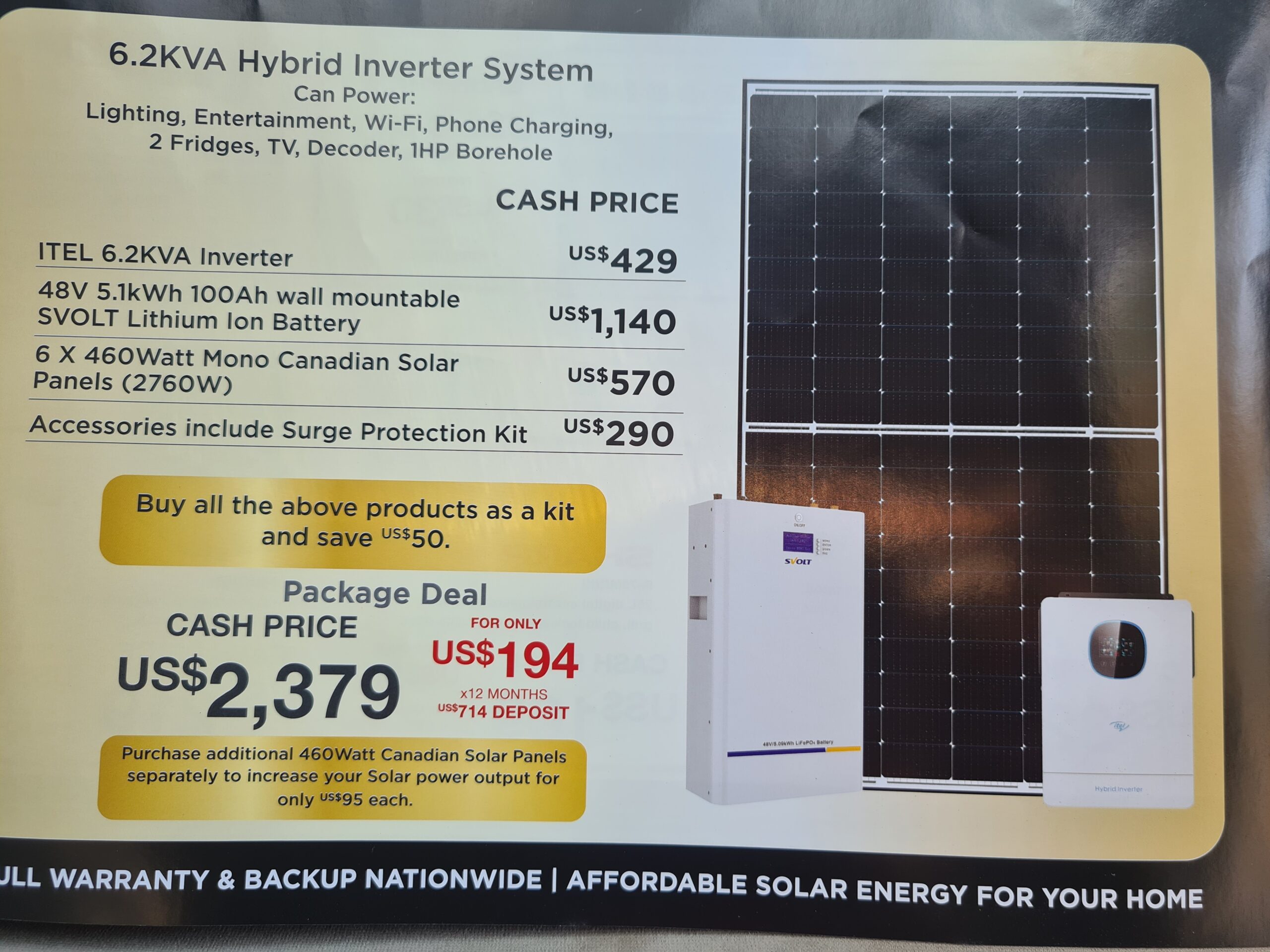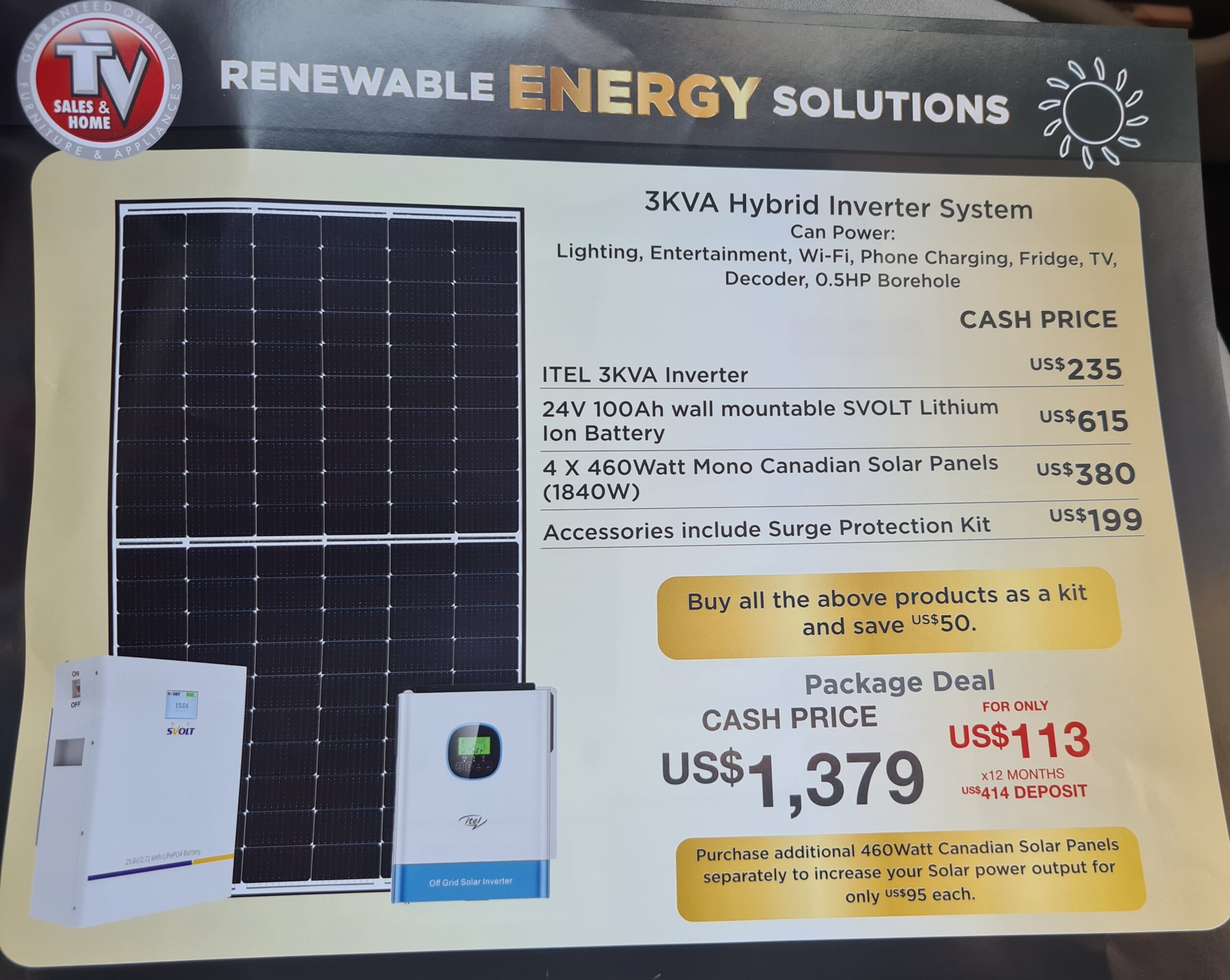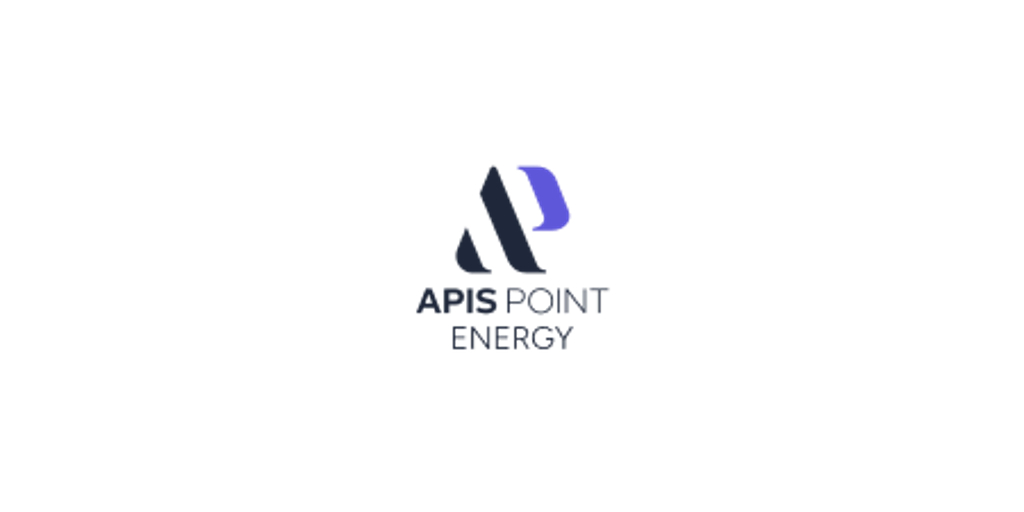Sign up for daily news updates from CleanTechnica on email. Or follow us on Google News!
About a decade ago, looking around Zimbabwe and a lot of other African countries, I used to see a lot of barriers holding back large-scale adoption of rooftop solar for most homes and small businesses. The key barriers were:
- High upfront costs of hybrid solar plants, as the cost of battery storage, inverters, solar panels, and the associated balance of system were beyond the reach of most people’s budgets. Battery storage is a must here to provide backup since electricity rationing in a lot of countries means one needs battery backup to fall back on during loadshedding. For example, in 2016, a residential solution consisting of about 6 kWp of solar panels, a 7 kW inverter plus associated equipment, and about 16 kWh of usable battery storage capacity from a lead-acid battery bank after factoring in the 50% DoD, cost well over $34,000, including installation. A system with a 3 kW inverter, 3 kWp solar panels, and 8 kWh usable storage from lead–acid batteries was close to $17,000. That’s a lot of money for most people in this part of the world.
- Lack of long-term financing options — such as solar leasing programs, PPAs, or even higher purchase and associated financing programmes where customers could pay a deposit and then pay off the balance over a year or so, as one would normally do for a TV in a furniture shop or something.
- Small pool of accredited solar installers, making it difficult to find credible installation partners for your project.
- Small pool of solar panel & balance of system wholesalers and retailers.
For solar to really take off, I thought it needed to become almost like a commodity — easy to find, easy to finance, and easy to get professionally installed hassle free, kind of like when you go to a large department store or furniture store to get a washing machine, a fridge, or a TV. The whole process needed to have a lot less friction, and offer customers the option to pay a small deposit and then pay off the rest over a couple of years. Stuff they are used doing when purchasing to other products.
Well, 8 years later it’s happening, people! A couple of things have brought my attention to this recently. Over the recent long holiday weekend in Zimbabwe, I visited some friends and family, and they were all excited to show me their newly installed solar. These families have had some small hybrid systems over the years, and they were excited to show me their recent upgrades. What really impressed me was the frictionless process they went through to get their new upgraded solar as well as the price!
For one of the families, they got a package consisting of a 6.2 KVA hybrid inverter, a 5.1kWh LFP wall-mounted battery, and six 460 W mono Canadian Solar panels (2.76 kWp) fully installed at their home. All of this for no money down and 12 monthly payments on an employee scheme at work. The upfront cost of this solar package if one opted to buy it outright and not on the monthly plan is about $2,800. This was not possible 8 years ago. Arranging a financing package for a similarly sized home solar system that would cost close to $15,000 back then would have priced many similar families out of the market.
The tremendous progress in the solar and battery storage industry has resulted in an incredible reduction in the prices of solar panels and battery storage. Back then people were getting lead-acid batteries with a shorter lifecycle for a whole lot more money! Now they get a 5 kWh LFP battery with a much longer lifecycle for a lot less money. How cool is that!
Let’s look at that again seriously. For a home solar package including battery storage composed of decent-grade components (a mix of tier 1 products such as Canadian Solar panels and other tier 2 components), you now only need about $3,000 to have it fully installed at your home compared to about $15,000 just 8 years ago!
That solves the financial barrier. Their frictionless process also showed that the other barriers that were associated with the lack of availability of equipment and also a pool of accredited installers to carry out the installations have also been lowered. The family told me a lot of their colleagues at work have also opted for the no-money-down option, with payments spread over several months, and have had their systems installed already.
The other family got a similar sized package installed at their house and also went through a similar frictionless process, but this was not tied to an employee programme at work. They got their solar from one of Zimbabwe’s largest furniture and appliance stores. When I heard about this, I immediately went to one of these stores to check out how it works. I found out the process was exactly the same as when you buy a couch, refrigerator, or a large TV! You can even pay a small deposit and pay the balance on a monthly payment plan. The store will then get an accredited solar installer to come and do the installation at your house.
Getting solar in this part of the world has never been easier. It’s almost like a consumer product now. For $2,400 you can get a nice 100-inch TV or you can get a decent solar package from a store that has many locations all around the country. This is great for catalysing adopting, and the monthly payment plans are a real game changer. These solar packages may not come with tier 1 inverters and battery packs, but they are great value for this price range. They are not Tesla Powerwalls or similar products, but if these products are installed correctly and used correctly, they can provide good service for a good number of years. Not everyone can afford top tier products like Tesla Powerwalls, so it’s great to see more options are now being provided in the market that cater to different budgets, through channels that can reach more people and, more importantly, with flexible payment options.
Images: solar deals in Zimbabwe — brochures taken by Remeredzai. Images are not for promotional purposes. Images are used here to showcase what is happening in the solar market in Zimbabwe and are not an endorsement or promotion of products or the store.
Have a tip for CleanTechnica? Want to advertise? Want to suggest a guest for our CleanTech Talk podcast? Contact us here.
Latest CleanTechnica.TV Videos
CleanTechnica uses affiliate links. See our policy here.
CleanTechnica’s Comment Policy






